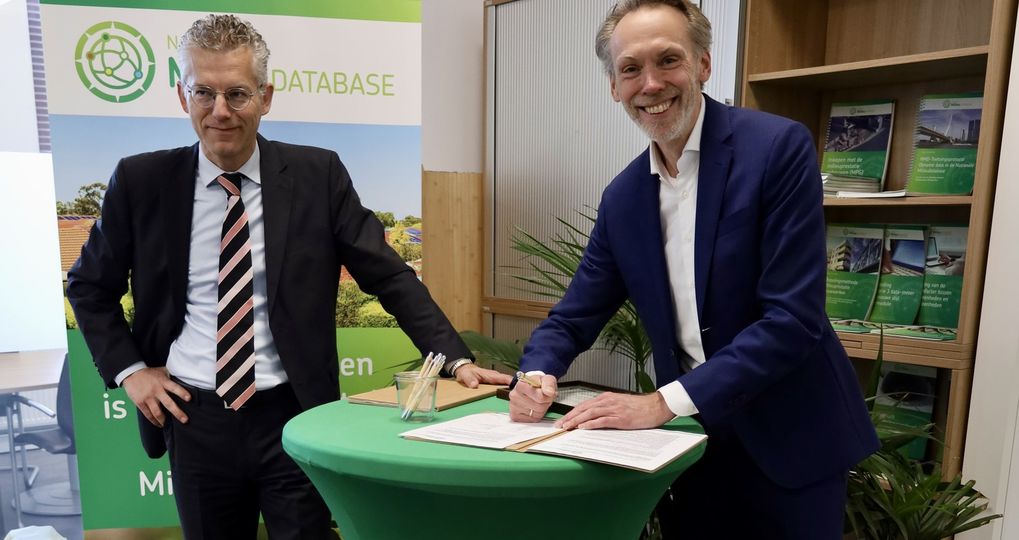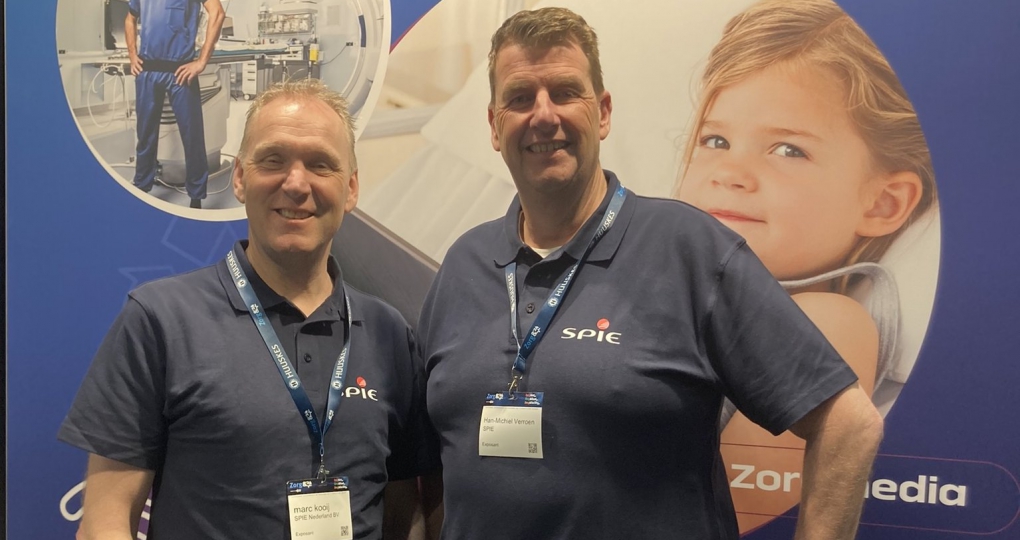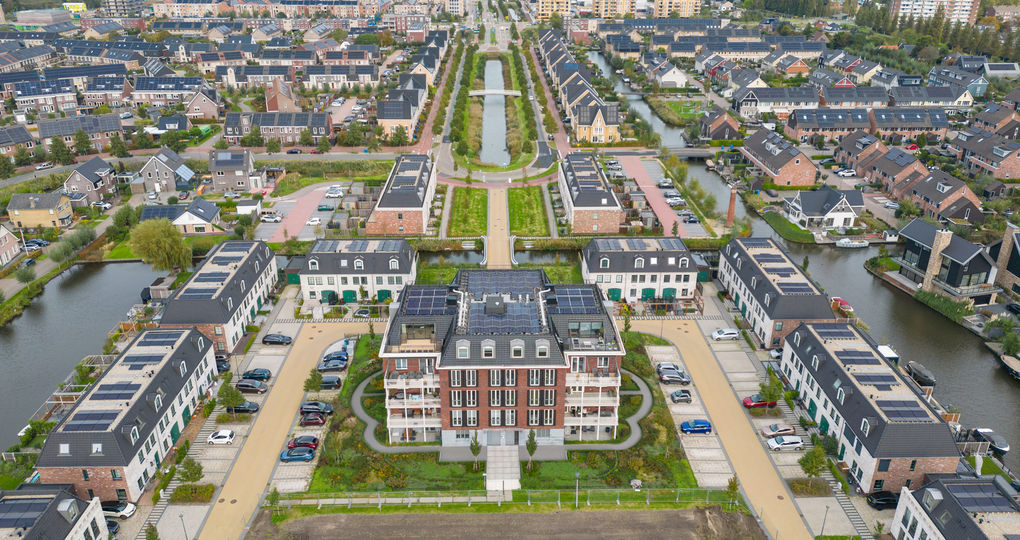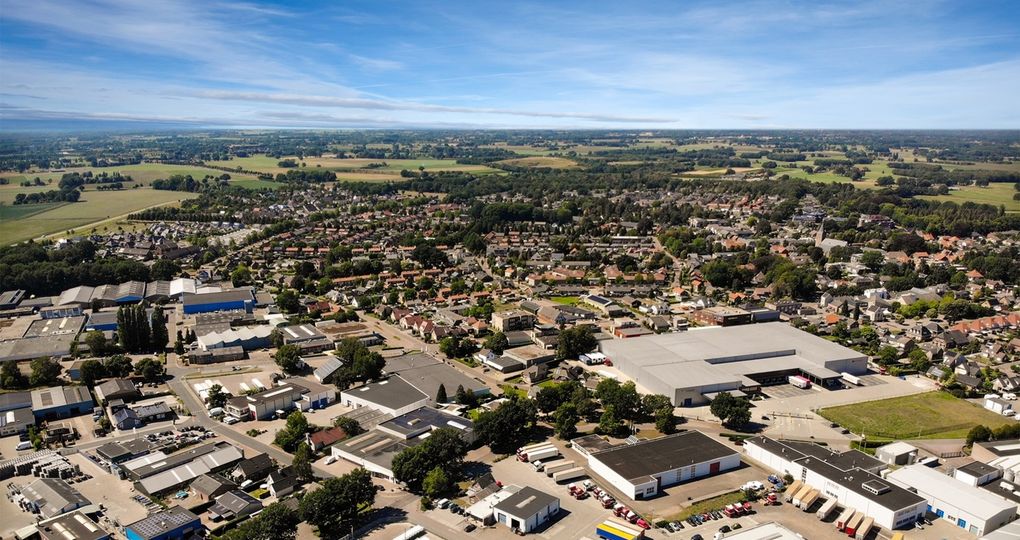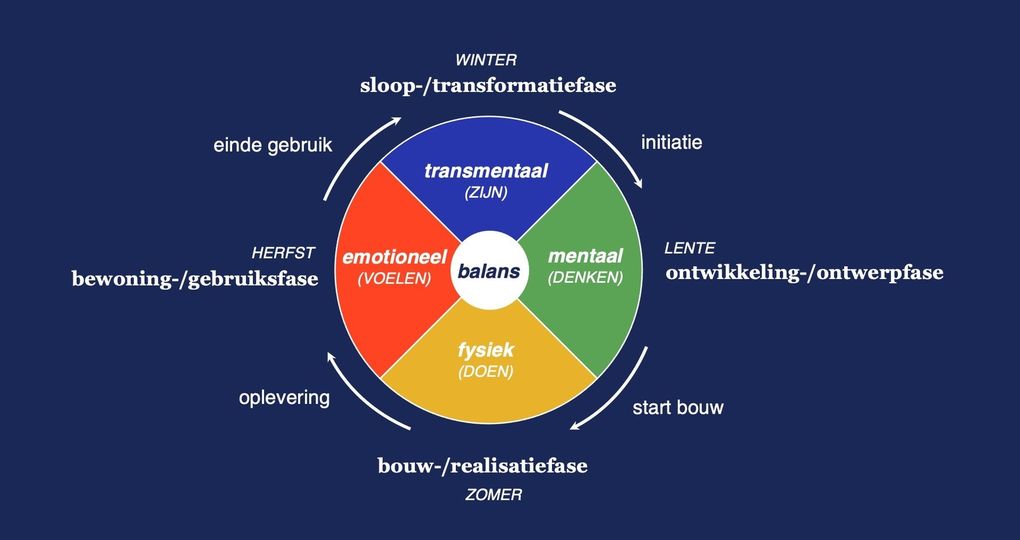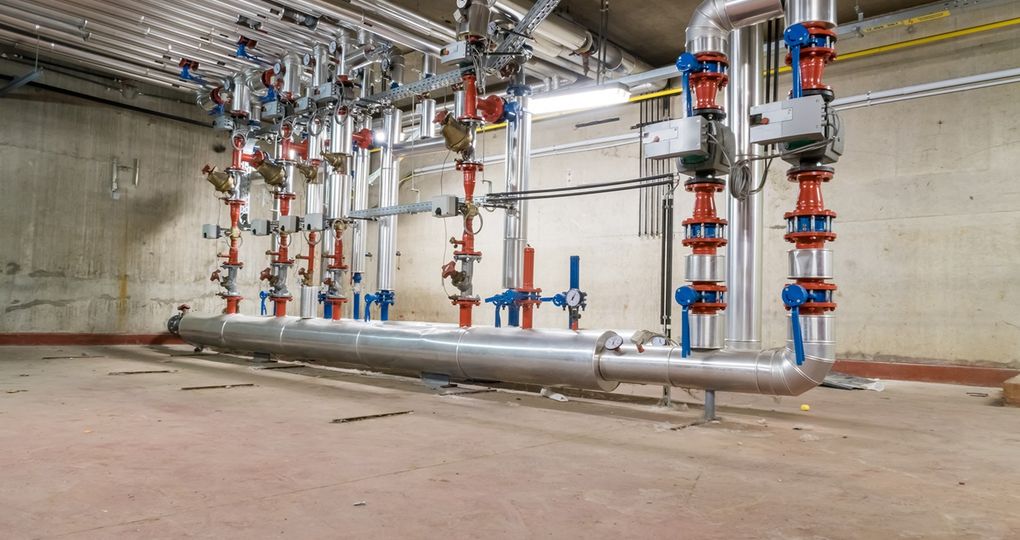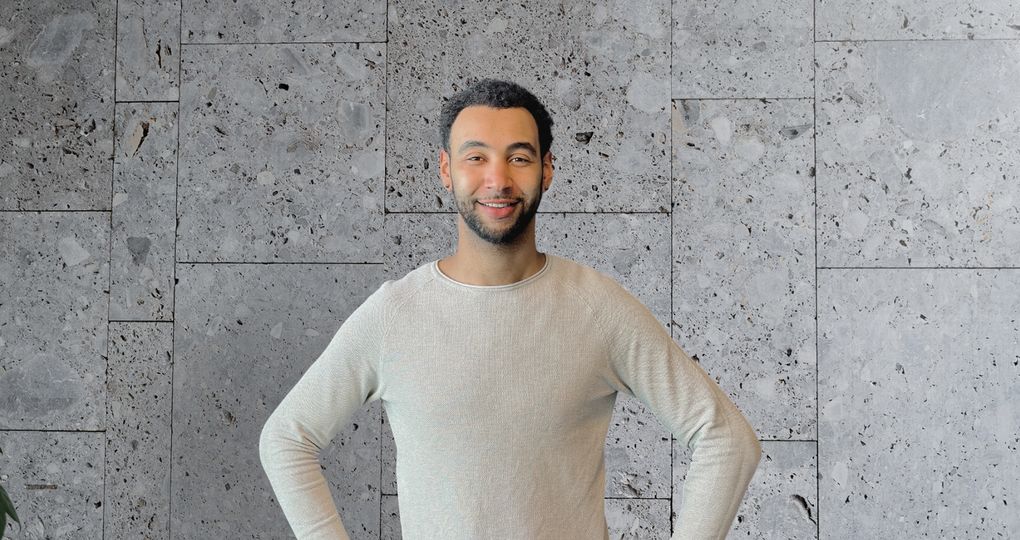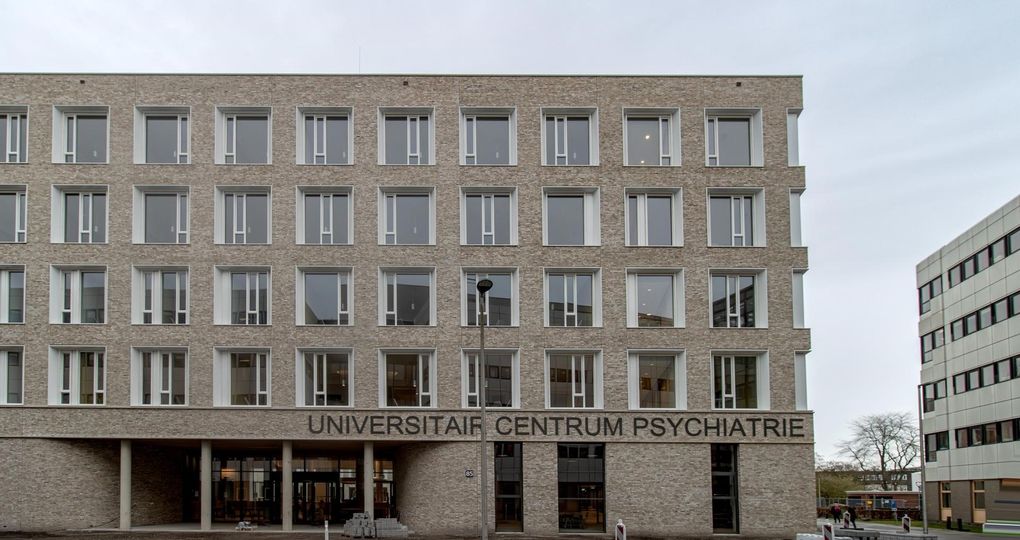Verslag: Urban Meeting Sustainable Cities
Vorige week sprak Jaime Lerner (architect en voormalig burgemeester van Curitiba BR) voor een publiek van driehonderd man tijdens de Urban Meeting Sustainable Cities.
Arjan Dikmans (programmadirecteur Rotterdam Climate Initiative) en Floris Alkemade (voormalig partner OMA) reageerden. Hierbij in het Engels het verslag dat Harry den Hartog van de bijeenkomst maakte.
The Second Urban Meeting
More than 300 people attended the second Urban Meeting. Keynote speaker Jaime Lerner (architect and former mayor of Curitiba, Brazil), opened with an inspiring overview of the strategies he used to transform Curitiba into one of the world's most progressive cities in terms of sustainability. ‘The city is not a problem. The city is a solution!’ Lerner stated enthusiastically.
Garbage for food
Most of Lerner’s projects were small scale and functioned as ‘acupuncture’ as he referred to the pain-relief treatment he applied throughout the city. He introduced a highly effective public transport system which was considered impressive by the audience; using simple, sheltered tunnels to board passengers, the speed of bus pick-ups and transits was increased. Now the bus system works like a subway or tube, a self-sustaining project that pays for itself.
Less visible but equally effective was Lerner's involvement in education, health and leisure programmes. The audience declared his garbage-for-food programme brilliant. The programme motivates the general public to take their rubbish to a depot where it is exchanged for money or food. ‘Buying garbage is cheaper than collecting it,’ noted Lerner. Characterizing his low-key, high-impact approach, Lerner said, ‘Teach children; they will then teach their parents.’
Blitz urbanism
As an architect, Lerner is currently working on other innovative ‘acupunctural’ solutions such as night markets and small urban car shares. He refers to the secret underlying his success as ‘blitz urbanism’: He explained, ‘Work fast with limited budgets to really show bureaucrats and doubters you are serious. Creativity starts when you cut a zero from your budget.’
Rotterdam Climate Initiative
It was hard for the remaining speakers to follow Lerner's stimulating presentation, nevertheless both learned from Curitiba and cited Lerner several times. First to the podium was Arjan Dikmans, Programme Manager of the Rotterdam Climate Initiative. He briefly described the challenges of the Rotterdam Climate Initiative, part of the international Clinton Climate Initiative (a collaboration of forty large cities worldwide who are committed to drastically reducing CO2-emissions).
The Rotterdam Climate Initiative has set itself the ambitious goal of having Rotterdam become the world capital of CO2-free energy. By 2025 emissions must register no more than 50% of the level recorded in 1990.
Dikmans sees climate change as the opportunity to brand the city. To meet the demanding conditions, teams are trying to engage locals through informal discussions to try to get them on board. ‘Consumers drive industries through their purchase decisions. By talking to our citizens we can change things. By believing in this and acting it on we can create our own success,’ Dikmans enthused.
Urban Acupuncture
The concluding speaker Floris Alkemade (former partner of Rotterdam-based Office for Metropolitan Architecture), started by quoting Orhan Pamuk, ‘“I'm not writing to change the world”.’ He went on, ‘Architects particularly want to change the world but they'd better rethink architectural typologies and the meaning of buildings for the city.’
Presenting selected projects to illustrate the point he explained how urban ‘acupuncture’ could create interesting new identities. Reiterating Lerner's approach, Alkemade declared that the current financial crisis could be a stimulus: ‘You have to be sharper when you’re working with a lower budget. You could even say money hinders intelligent thinking.’ The moderator Felix Rottenberg concluded that we have to rethink the system, saying: ‘A crisis can bring innovation.’
Working methods
The three speakers share a common ambition to initiate new concepts and new working methods. Beginning with small-scale, urban ‘acupuncture’, extensive changes can be put into effect. During the final debate a critical listener asked whether urban acupuncture means that a master plan is no longer needed.
Lerner replied that it couldn't replace a master plan, as ‘it's only used to speed up processes. The key is to put your back into the job.’ With that, Lerner almost brought the house down by launching into a rap performance (while the audience in the auditorium chanted encouragement): ‘It's possible! YOU can do it!’
For more information on IHS and the Urban Meetings, visit www.ihs.nl.



